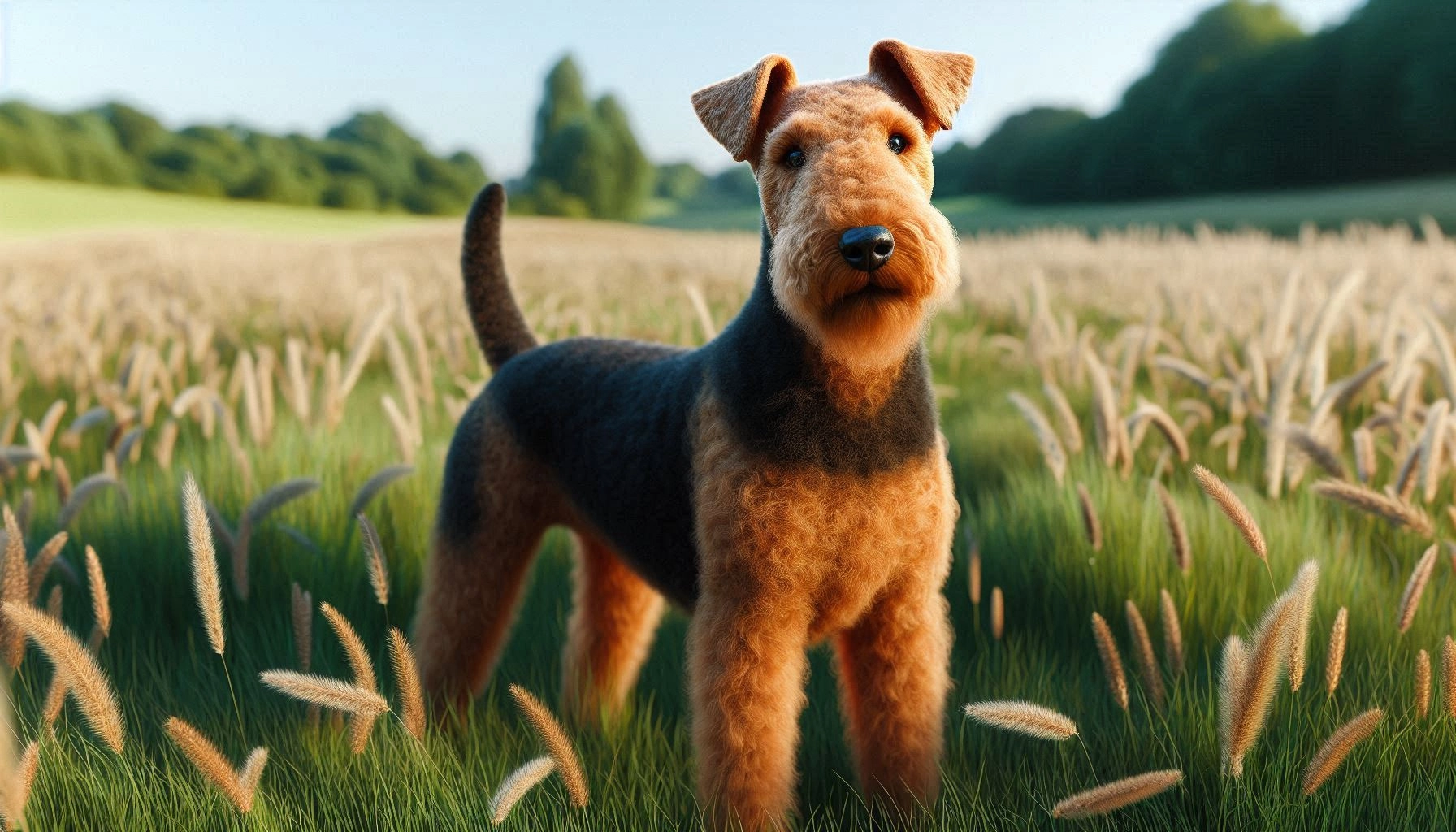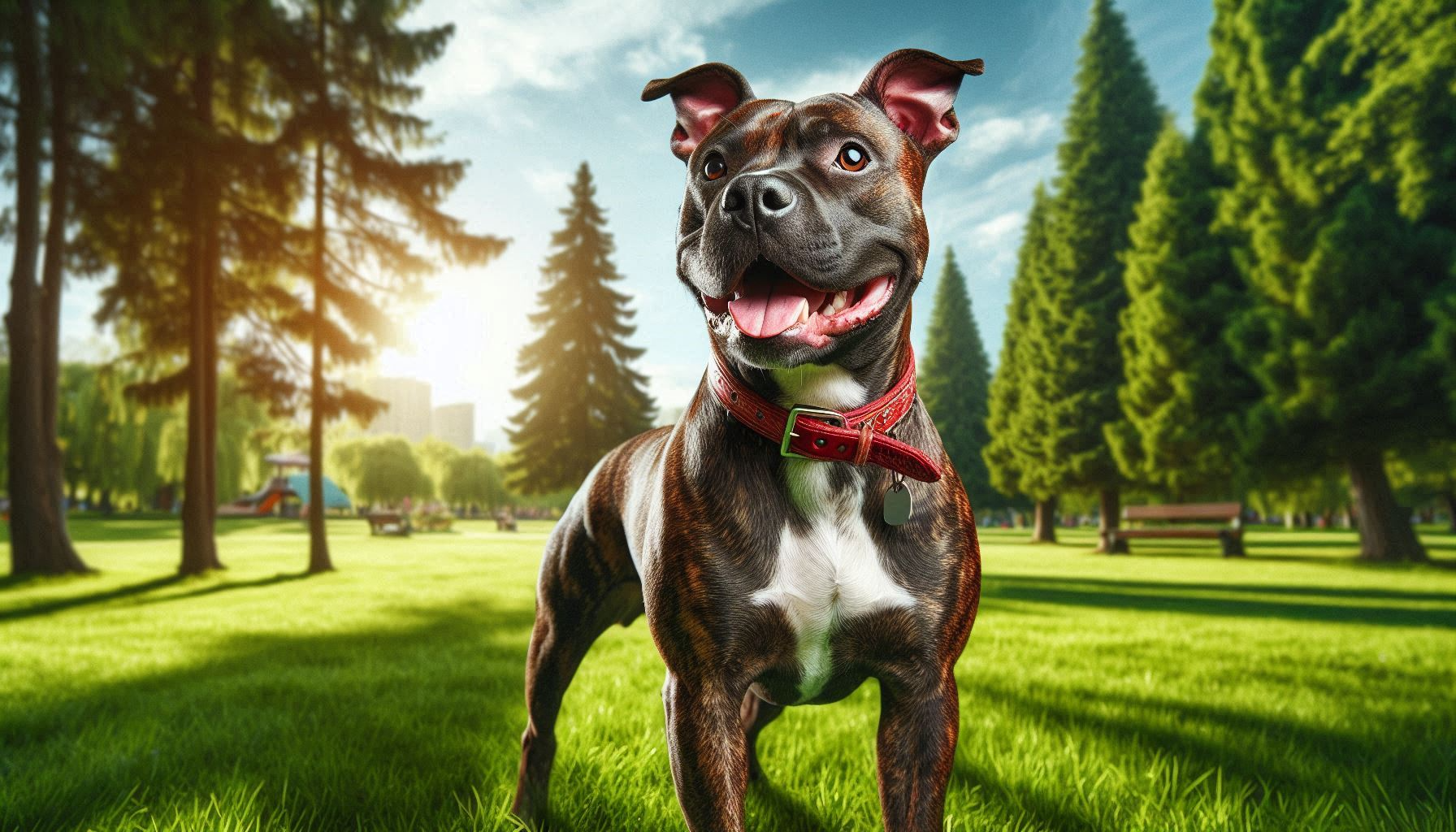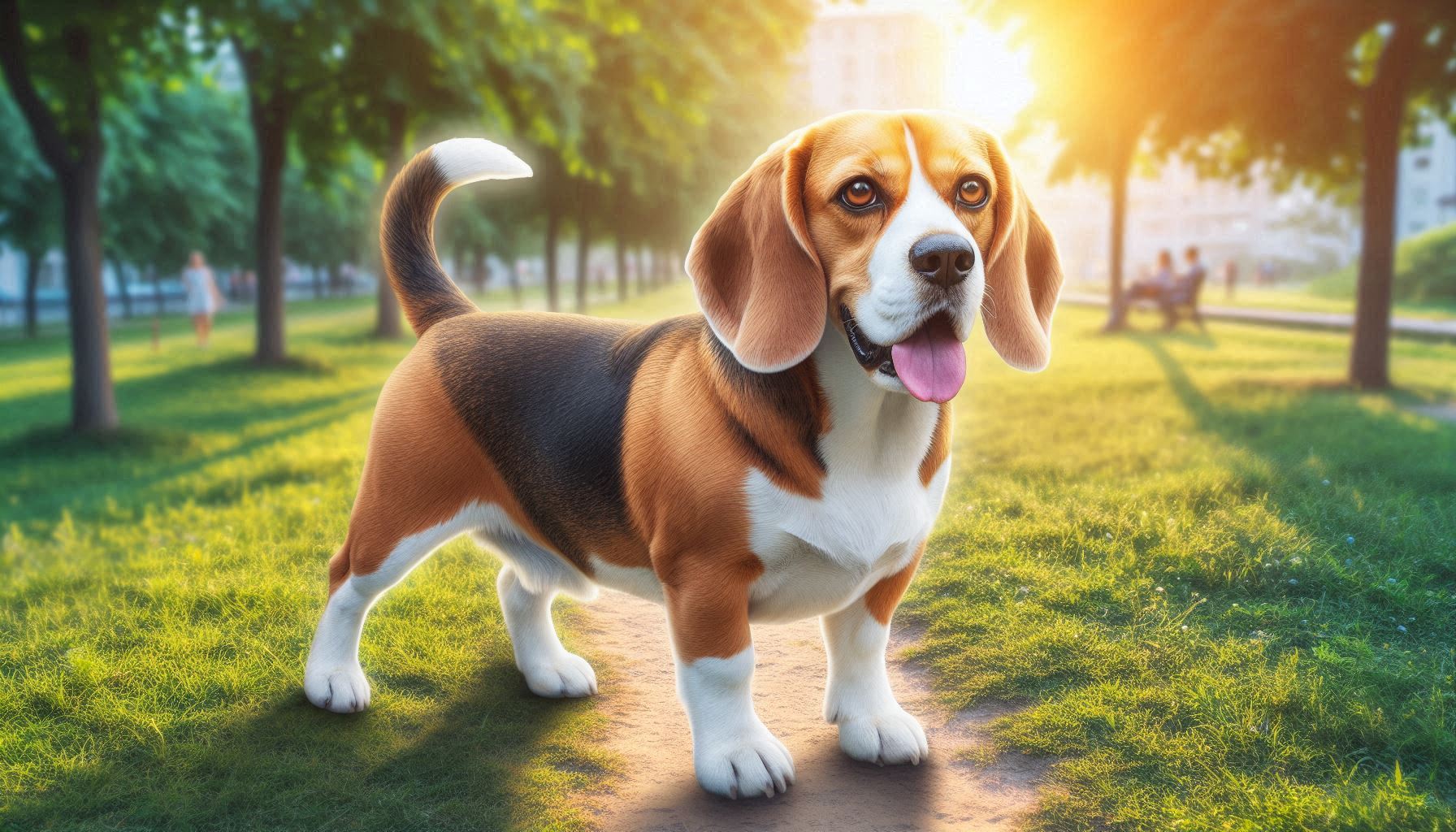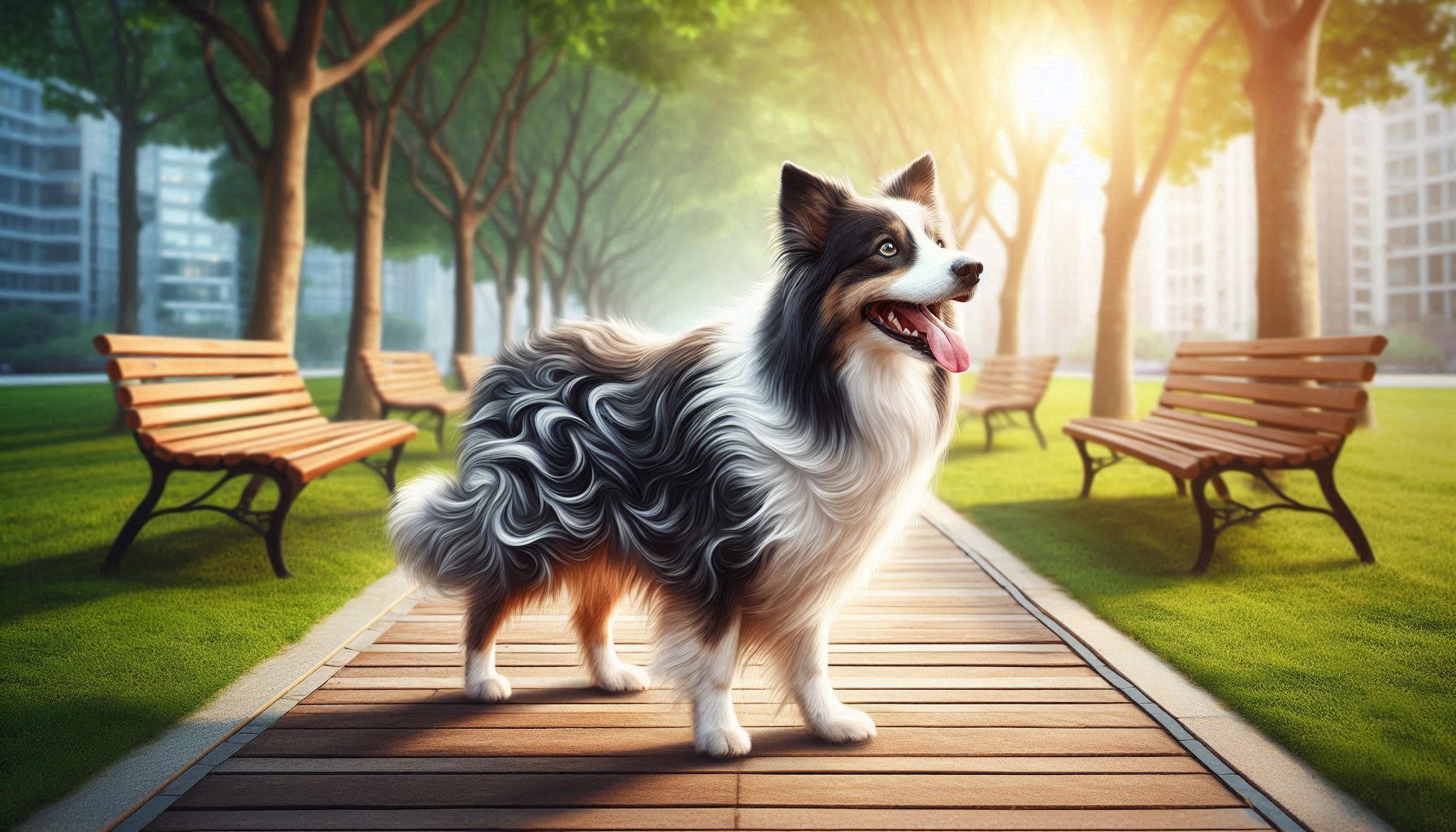Table of Contents
Otterhound Dog Breed
The Otterhound dog breed is a rare and unique canine with a rich history and an unmistakable appearance. Known for its distinctive, rough double coat and an incredible sense of smell, the Otterhound has been a favorite among hunters and dog enthusiasts alike. Despite its rarity, this breed is cherished for its playful and friendly nature, making it a wonderful companion for the right family. In this article, we’ll explore everything you need to know about the Otterhound, from its origins to its suitability as a family pet.
History and Origin
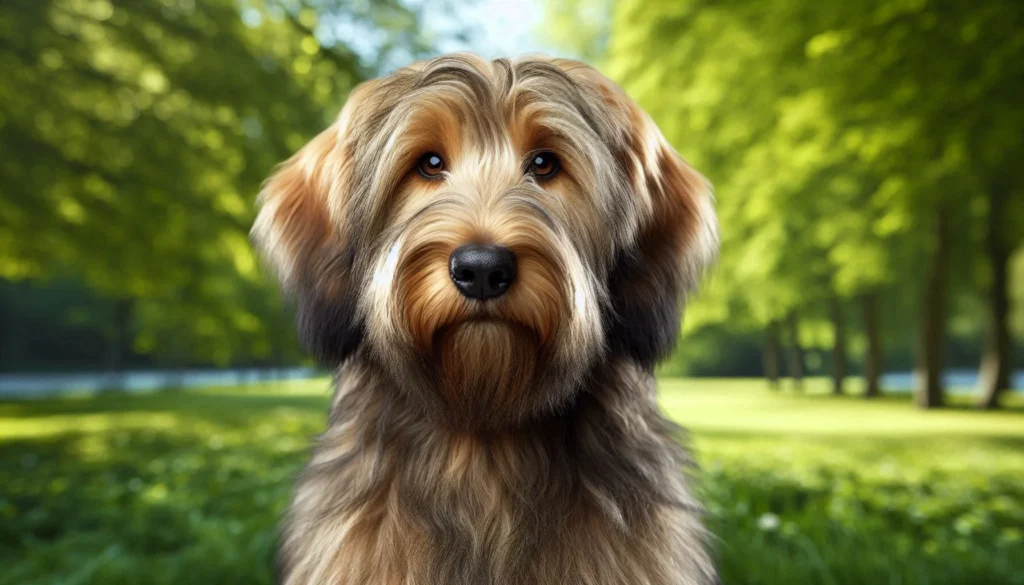
The Otterhound’s history dates back to medieval England, where it was specifically bred to hunt otters. These dogs were developed by crossing several breeds, including the Bloodhound, the Welsh Harrier, and possibly the French Griffon. The primary purpose of the Otterhound was to protect fish stocks by hunting otters, which were considered pests at the time.
Otter hunting was a popular sport among the English nobility, and the Otterhound was prized for its ability to track otters over long distances and through water. The breed’s exceptional swimming skills, combined with its keen sense of smell, made it the ideal dog for this task. Although otter hunting has long since declined, the Otterhound has remained a beloved, albeit rare, breed.
Physical Characteristics

Size and Weight
The Otterhound is a large and sturdy dog, with males typically standing between 27 to 29 inches at the shoulder and females slightly smaller at 24 to 27 inches. They generally weigh between 80 to 115 pounds, making them a robust and powerful breed.
Coat Type and Colors
One of the most striking features of the Otterhound is its dense, rough double coat. The outer coat is waterproof and can be rough or wiry, while the undercoat is softer and helps to insulate the dog in cold water. This coat can come in various colors, including grizzle, wheaten, black, tan, liver, and blue, often with a mix of these colors in a mottled or brindle pattern.
Distinctive Features
The Otterhound’s large, webbed feet and muscular build make it an excellent swimmer. It also has a long, tapering tail that it carries high when excited. Another distinctive feature is its large, expressive eyes, which are usually brown or hazel, giving the dog a gentle and friendly expression.
Temperament and Personality
The Otterhound is known for its friendly and outgoing personality. It is a social breed that generally gets along well with people, children, and other animals. Otterhounds are affectionate and enjoy spending time with their families, but they also have an independent streak, which can sometimes make them a bit stubborn.
Interaction with People and Children
Otterhounds are typically good with children due to their gentle and tolerant nature. They are patient and can handle the rough-and-tumble play that often comes with young kids. However, due to their large size, they should be supervised around small children to prevent accidental knocks or bumps.
Interaction with Other Animals
This breed generally does well with other dogs, particularly if they have been socialized from an early age. However, because of their strong hunting instincts, they may not be the best choice for homes with smaller pets like cats or rabbits unless they are carefully introduced and trained.
Health and Lifespan
Common Health Issues
Like all breeds, the Otterhound is prone to certain health issues. Some of the most common concerns include:
- Hip Dysplasia: A genetic condition where the hip joint doesn’t fit properly, leading to arthritis or lameness.
- Elbow Dysplasia: Similar to hip dysplasia but affects the elbow joint.
- Bloat: A serious and potentially life-threatening condition where the stomach fills with gas and twists.
- Ear Infections: Due to their large, floppy ears, Otterhounds are prone to ear infections if not properly cleaned and maintained.
Lifespan
The average lifespan of an Otterhound is around 10 to 13 years, which is typical for a dog of its size. With proper care, including regular veterinary check-ups, a balanced diet, and adequate exercise, many Otterhounds can live a long and healthy life.
Tips for Keeping the Otterhound Healthy
To keep your Otterhound in top condition, ensure they receive regular exercise to maintain a healthy weight and muscle tone. Regular grooming, including ear cleaning, can help prevent infections, while a high-quality diet tailored to large breeds will support their overall health.
Care and Grooming
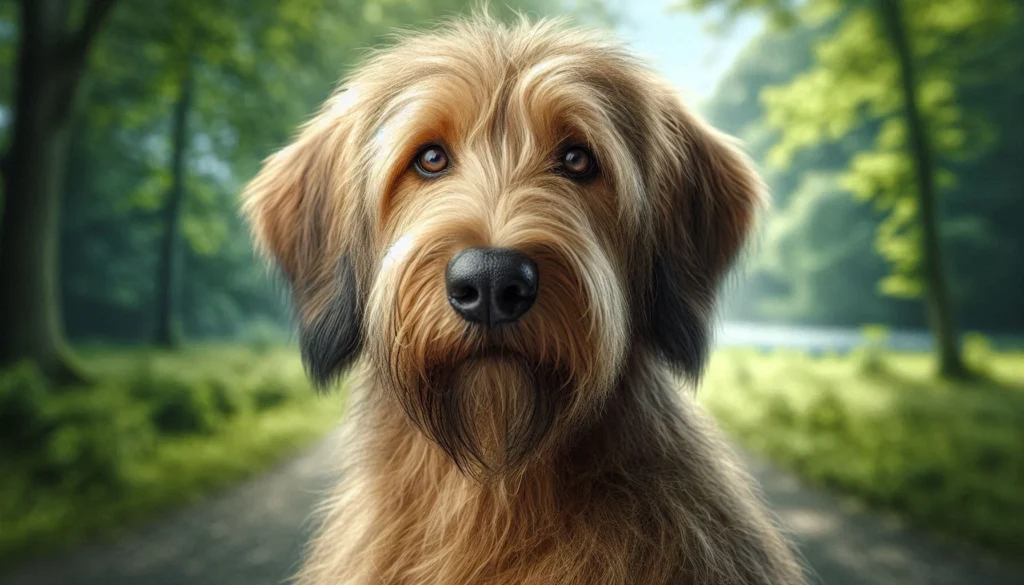
Grooming Needs
The Otterhound’s double coat requires regular grooming to prevent matting and keep it looking its best. A thorough brushing two to three times a week is recommended to remove loose hair and debris. During shedding seasons, more frequent brushing may be necessary.
Exercise Requirements
Otterhounds are an active breed with a high energy level. They need plenty of daily exercises to stay happy and healthy, including long walks, playtime, and opportunities to swim if possible. Their love for water makes swimming an excellent way to burn off energy.
Dietary Recommendations
Feeding your Otterhound a high-quality dog food appropriate for their age, size, and activity level is crucial. Because they are prone to bloat, it’s advisable to feed them smaller, more frequent meals rather than one large meal a day. Avoid vigorous exercise immediately after eating to reduce the risk of bloat.
Training and Socialization
Training Challenges
Otterhounds are intelligent but can be stubborn, which sometimes makes training a challenge. They respond best to positive reinforcement methods, such as treats and praise, rather than harsh corrections. Consistency and patience are key when training this breed.
Socialization Tips
Early socialization is important for Otterhounds to ensure they grow up to be well-rounded dogs. Exposing them to various people, places, and experiences from a young age will help them become more confident and less likely to develop behavioral issues.
Suitability as a Family Pet
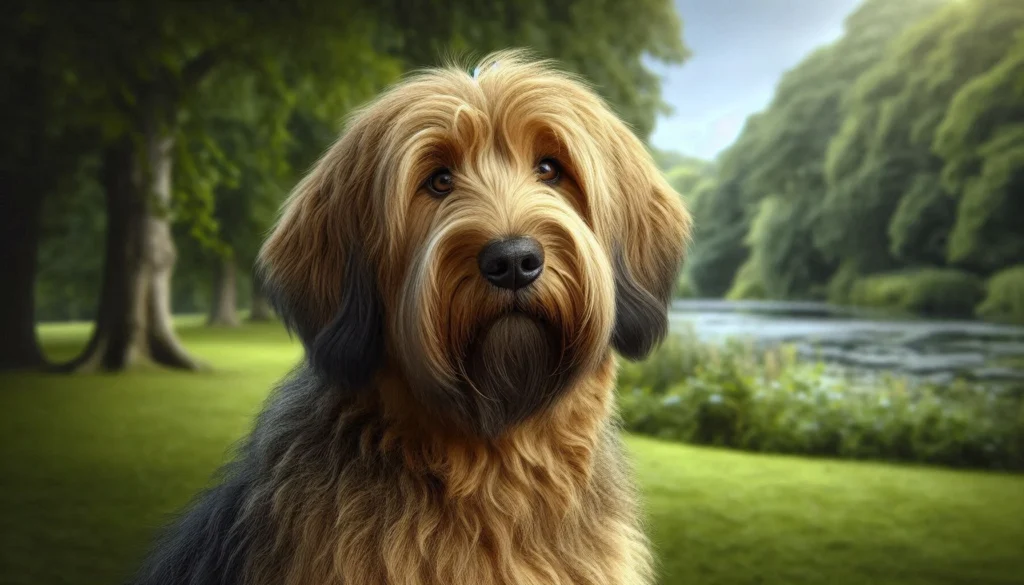
The Otterhound can be an excellent family pet for the right household. They are affectionate, loyal, and enjoy spending time with their loved ones. However, their large size and high energy levels mean they are best suited to homes with plenty of space and a yard where they can run and play.
Living Environment Considerations
Otterhounds do best in homes with a large, securely fenced yard where they can roam freely. They are not well-suited to apartment living due to their size and exercise needs. Additionally, because they are prone to wanderlust due to their hunting instincts, a secure fence is essential.
Energy Levels
This breed has a high energy level and requires regular, vigorous exercise to stay happy and healthy. Families who enjoy outdoor activities, such as hiking or swimming, will find the Otterhound to be a great companion.
Fun Facts and Trivia
- The Otterhound is one of the rarest dog breeds in the world, with fewer than 1,000 individuals globally.
- Despite their rarity, Otterhounds have appeared in several works of literature, including the Sherlock Holmes stories by Sir Arthur Conan Doyle.
- They have a powerful, melodious voice that can carry over long distances, which was useful when hunting in the past.
Dog Breeds Similar to the Otterhound
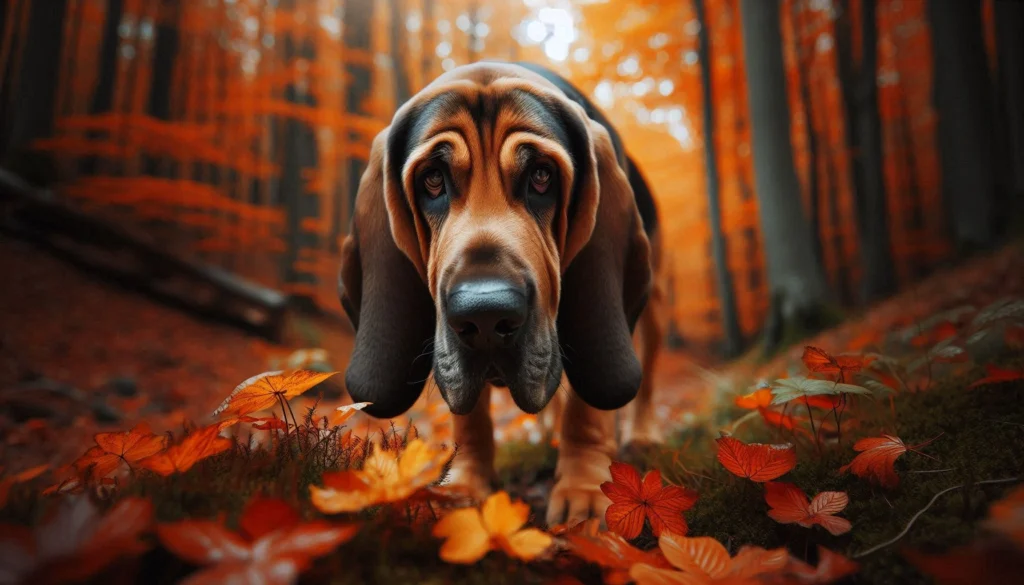
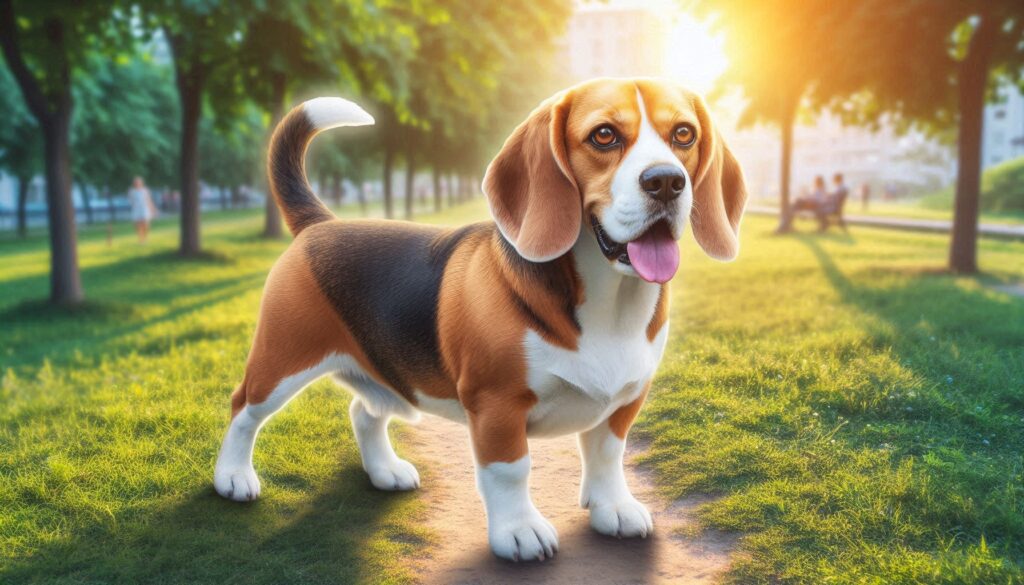
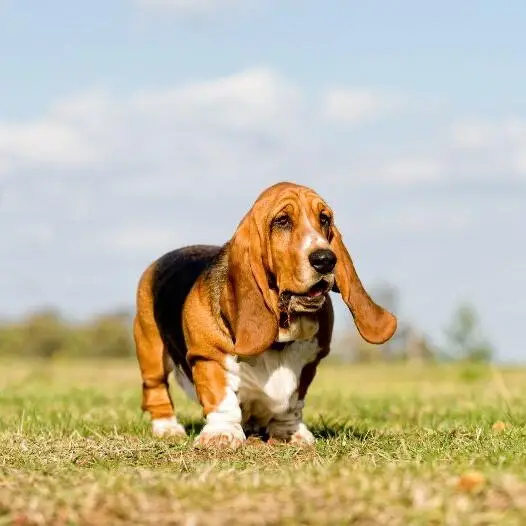
1. Bloodhound
The Bloodhound shares the Otterhound’s exceptional sense of smell and tracking abilities. Both breeds have long, droopy ears and a distinctive appearance. Bloodhounds are also known for their gentle and affectionate nature, making them excellent companions.
2. Beagle
Beagles are smaller than Otterhounds but share similar hunting instincts and a friendly disposition. They are also known for their keen sense of smell and were originally bred for hunting small game, such as rabbits.
3. Basset Hound
The Basset Hound is another breed with a strong sense of smell and a laid-back personality. They are known for their long ears and droopy appearance, similar to the Otterhound, and are generally good-natured and easygoing.
Conclusion
The Otterhound is a rare and remarkable breed that offers both charm and companionship to the right family. With its rich history, unique physical characteristics, and friendly personality, the Otterhound makes a great addition to homes that can meet its needs. Whether you’re a seasoned dog owner or looking for a new furry friend, the Otterhound is a breed worth considering.
If you’re interested in learning more about the Otterhound or considering adding one to your family, be sure to do thorough research and connect with reputable breeders or rescue organizations. This wonderful breed deserves a loving home that understands its needs and can provide the care and attention it requires.
FAQs
Is the Otterhound a dangerous dog?
No, the Otterhound is not considered a dangerous dog. They are known for their friendly and gentle nature. However, like any large breed, they should be properly trained and socialized to ensure they interact well with people and other animals.
Is the Otterhound a good guard dog?
While the Otterhound is alert and will bark to alert its owners of strangers, it is not typically used as a guard dog. Their friendly and sociable nature makes them more likely to welcome guests rather than act aggressively.
